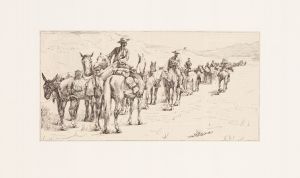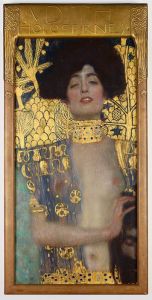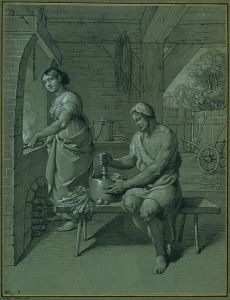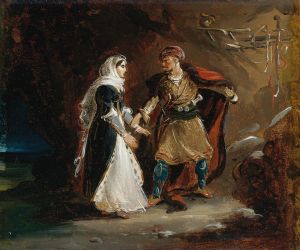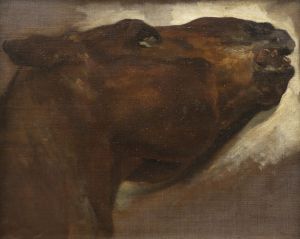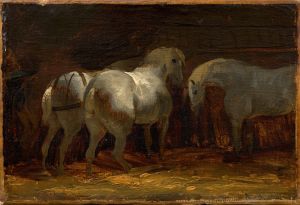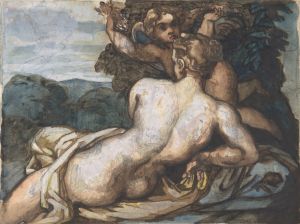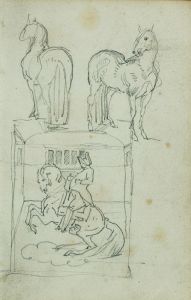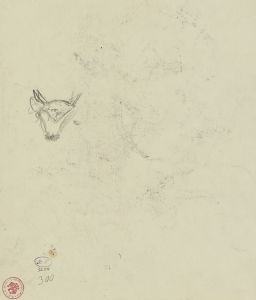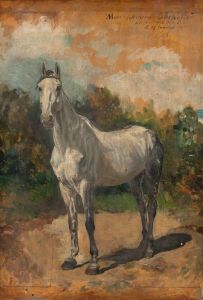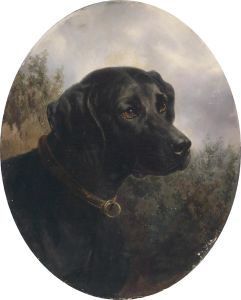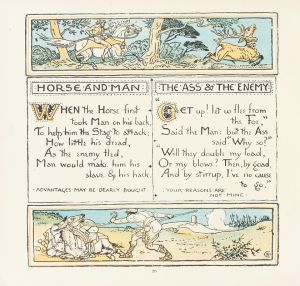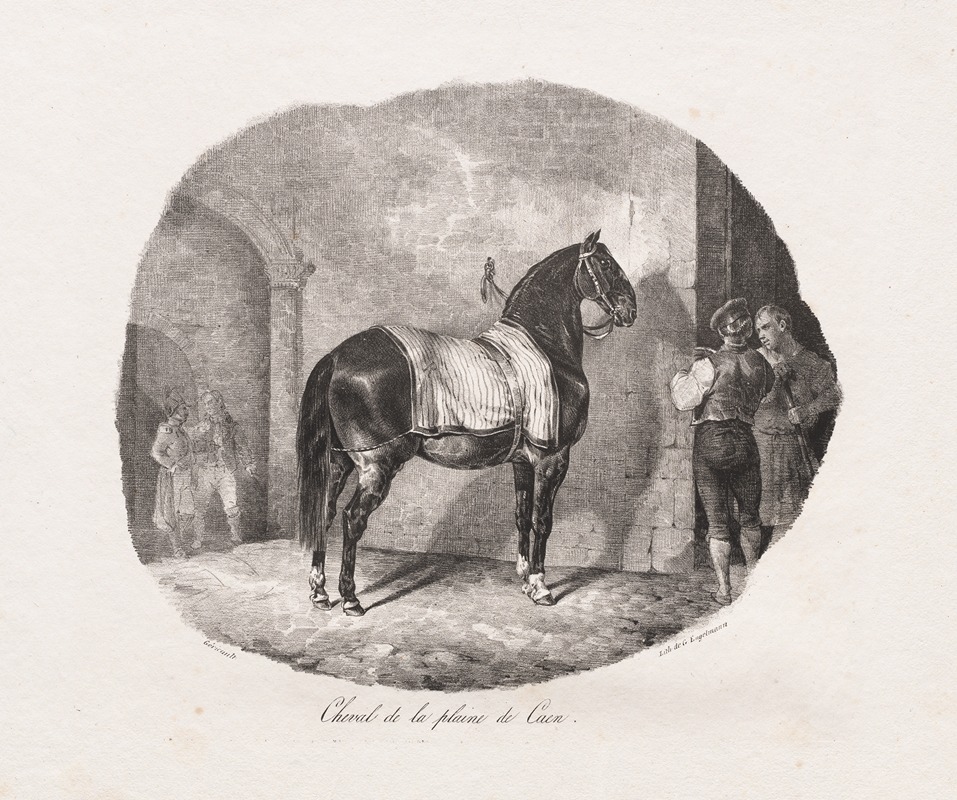
Horse from the Caen Plain
A hand-painted replica of Théodore Géricault’s masterpiece Horse from the Caen Plain, meticulously crafted by professional artists to capture the true essence of the original. Each piece is created with museum-quality canvas and rare mineral pigments, carefully painted by experienced artists with delicate brushstrokes and rich, layered colors to perfectly recreate the texture of the original artwork. Unlike machine-printed reproductions, this hand-painted version brings the painting to life, infused with the artist’s emotions and skill in every stroke. Whether for personal collection or home decoration, it instantly elevates the artistic atmosphere of any space.
Théodore Géricault, a prominent French Romantic painter, is best known for his dynamic compositions and his influence on the Romantic movement in art. One of his lesser-known works is "Horse from the Caen Plain," which reflects his deep interest in equine subjects and his exceptional ability to capture the vitality and spirit of horses.
Géricault was born in 1791 in Rouen, France, and he developed a passion for horses early in his life. This interest is evident in many of his works, where he often depicted horses with remarkable detail and energy. His fascination with equine subjects was not merely artistic; it was also personal, as he was an avid horseman himself. This personal connection allowed him to portray horses with a level of authenticity and vigor that was rare among his contemporaries.
"Horse from the Caen Plain" is a testament to Géricault's skill in capturing the essence of horses. Although specific details about the painting's creation and current whereabouts are scarce, it is known that the work was produced during a period when Géricault was deeply engaged in studying and painting horses. This period was marked by his visits to various locations where he could observe horses in their natural environment, including the plains around Caen, a region in Normandy, France, known for its rich equestrian culture.
The painting is characterized by Géricault's typical use of dynamic composition and dramatic lighting, which are hallmarks of his style. His ability to convey movement and emotion through his brushwork is evident in this piece, as he captures the horse in a moment of vitality and grace. The attention to anatomical detail and the realistic portrayal of the horse's musculature demonstrate Géricault's deep understanding of his subject.
Géricault's work with equine subjects, including "Horse from the Caen Plain," had a significant impact on the Romantic movement. His approach to painting was revolutionary for its time, as he moved away from the neoclassical ideals of calm and order, instead embracing the Romantic ideals of emotion and movement. This shift is evident in his equine paintings, where he often depicted horses in dynamic poses, full of life and energy.
While "Horse from the Caen Plain" may not be as widely recognized as some of Géricault's other works, such as "The Raft of the Medusa," it remains an important part of his oeuvre. It reflects his mastery of equine anatomy and his ability to infuse his subjects with a sense of vitality and spirit. Géricault's equine paintings continue to be celebrated for their technical excellence and their contribution to the Romantic movement in art.
In summary, "Horse from the Caen Plain" is a fine example of Théodore Géricault's skill in portraying horses with realism and emotion. Although specific details about the painting are limited, its significance lies in its representation of Géricault's passion for equine subjects and his influence on the Romantic movement. Through his dynamic compositions and attention to detail, Géricault has left a lasting legacy in the world of art, particularly in the depiction of horses.





